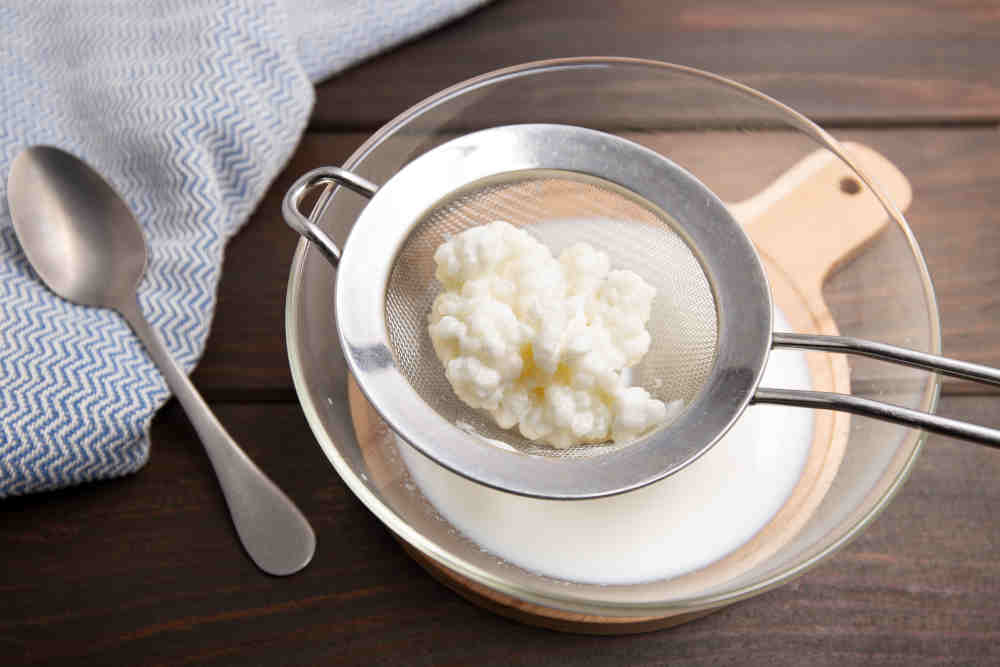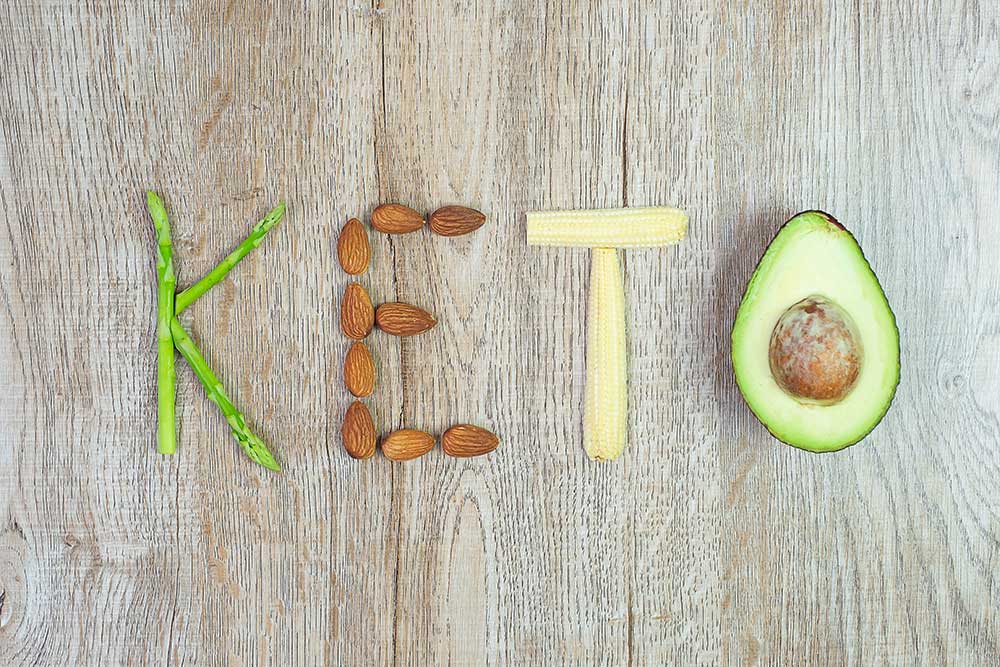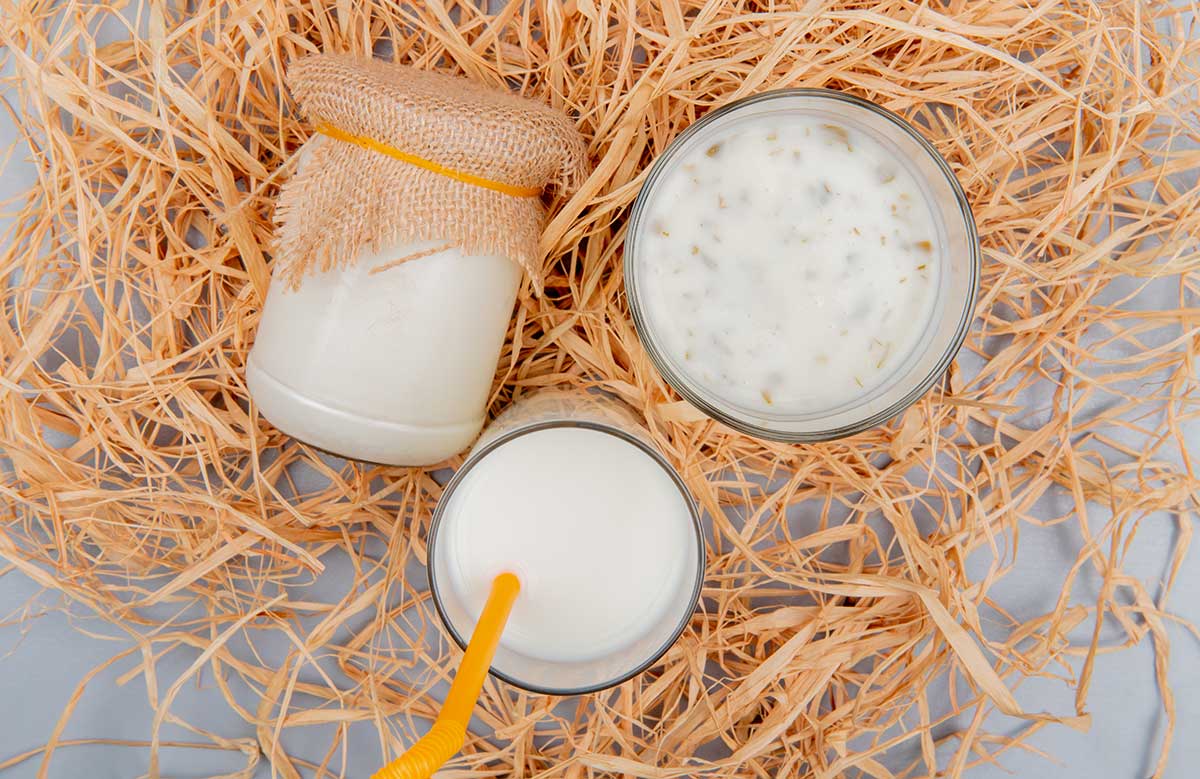Milk kefir has been considerable success in recent years and has been increasingly shared and talked about on social networks and blogs worldwide.
Originally from Asia, its story has a touch of mysticism – the first colony is believed to have been a gift from God to a shepherd wandering through a barren region – and analogies to its incredible quasi-medicinal properties.
But if you’ve never tried it or don’t know what we’re talking about, don’t worry.
In today’s article, we’ll tell you all the benefits of Kefir milk, how to prepare it at home and how it can help you lose weight.
What is Kefir?
Kefir results from yeast associated with microorganisms and mixes probiotics (with live organisms) and prebiotics (indigestible elements). They result in a nutritional group called symbiotic, also known as lactobacillus.
The final compost, which looks like small grains, is added to milk of animal, vegetable, water, or fruit juice, as long as it has considerable amounts of protein and glucose.
At the end of the process (temporary submersion), the “growth” of these positive microorganisms takes place, thus obtaining a compound rich in nutrients, including calcium, vitamins, biotin, lactic acid, and amino acids.
Historically, the strength and longevity of the ancient people of the Caucasus (probable region of the emergence of kefir) are attributed to the functional properties of this food.
The benefits of milk kefir are that countries worldwide invest in more studies on the nutrients of kefir.
It is indicated for clinical treatments in various pathologies, including as a neutralizer of sick cells.

How is the Kefir Culture
The appearance of milk kefir, for example, is very similar to the buds of cauliflower when dipped in milk. At the same time, water kefir is transparent and smaller.
Altogether, it’s estimated that 25 or more microorganisms from the symbiosis result in the kefir grain.
Among these tiny organisms, bacteria of the type are found:
- Lactococcus lactis subsp. Lacteals;
- Streptococcus thermophilus;
- Lb brevis;
- Lb delbrueckii subsp;
- Bulgaricus, Lb helveticus;
- Lb I married subsp. Pseudo Plantarum;
It is combined with other natural elements such as Kluyveromyces and Saccharomyces.
All these “little living beings” are of great value so that the kefir never ends. As they are left in the substances (milk, water, etc.), they propagate themselves, thus forming cyclicity.
Types of Kefir
To meet different demands, the two types of kefir increase the chances of consumption.
Milk Kefir
Usually based on bovine milk, but nothing prevents goat or sheep milk from being used.
Water Kefir
In this case, there is no presence of lactose, and therefore intolerants can consume without fear.
Both have probiotic powers. However, the form of cultivation influences the flavor and nutritional compounds.
The primary differences between these two types of kefir are summarized as follows:
- Milk kefir looks a lot like yogurt, while water kefir looks like a fizzy drink;
- Regarding the flavor, we have that water reminiscent of soda and milk makes us feel the texture, aroma, and flavor of natural yogurt;
- In terms of probiotic index, milk kefir exceeds by more than 45% in the number of strains.

Way of Preparing Milk Kefir
INGREDIENTS
- One tablespoon of Kefir grain
- 1 liter of milk (with lactose)
PREPARATION MODE
- Add one tablespoon of kefir grain to 1 liter of milk in a glass bottle.
- Cover with a paper towel and secure the bottle with a rubber band so that the paper does not come off.
- Take this mixture to a very dark and cool place like the closet, for example.
- Leave to ferment for 48 hours minimum and five days maximum. Some leave for 24 hours for specific benefits.
- Once fermented, strain with a plastic strainer, as kefir is not resistant to other materials.
- Let all the serum out, and your kefir is ready.














![The Best Weight Loss Tips [current_date format=’Y’] Best Weight Loss Tips 2021](https://plasticsurgeryace.com/wp-content/uploads/2021/06/Best-Weight-Loss-Tips-2021.jpg)


